Introduction
When Father John Misty steps onto a stage, he does more than perform songs. He delivers a sermon, a satire, and a full emotional confession all in one. His blend of irony, heartbreak, and social commentary sets him apart in indie folk and alternative music. In this article, we dig into who Father John Misty really is, how Josh Tillman invented this persona, and why his work still resonates deeply with listeners.
We’ll examine his early life, musical evolution, lyrical themes, public image, and the legacy he’s building. Along the way, you’ll see how the name “Father John Misty” became a vessel for creative risk and cultural critique.
The Early Life of Father John Misty (Josh Tillman)
Childhood and Musical Influences
Josh Tillman was born in Rockville, Maryland. He grew up in a devout Christian household where worship music, hymns, and rituals shaped his musical palette. From a young age, he learned guitar and sang in church settings. These early exposures to faith, confession, and communal voice would later bubble under his songwriting.
His teenage years introduced him to folk, classic rock, singer-songwriters, and more experimental musicians. That mix stuck: spiritual rigidity and musical curiosity collided and molded his creative voice.
The Fleet Foxes Era
His first major break arrived when he joined Fleet Foxes as their drummer around 2008. Touring with them on Helplessness Blues and playing the festival circuit taught him the mechanics of band life, performance stamina, and artistic discipline. Yet, he felt constrained by being a background member. The urge to tell his own stories became stronger. So he left to pursue a solo career under a new identity.
Leaving a successful indie band wasn’t easy. But he believed he had a different voice to share. That belief birthed Father John Misty.
The Birth of the Persona — Becoming Father John Misty
The Reinvention Story
When Josh Tillman shed his former role and became Father John Misty, he didn’t just change names. He adopted a character. A vessel that could carry irony, vulnerability, critique, and romantic yearning all at once. The twist: while Misty is theatrical, he also reveals raw personal truths, he sits in that tension.
He explained once: Father John Misty is “a version of myself” but exaggerated. He leans into absurdity to reflect deeper human truths. The persona frees him to lean into contradiction.
First Breakthrough Album — Fear Fun
In 2012 he released Fear Fun, his first major solo record. It startled listeners accustomed to straightforward folk. Tracks like Nancy From Now On and Hollywood Forever Cemetery Sings showed off his lyrical wit, unexpected phrasing, pop sensibilities, and dramatic arcs.
Critics applauded Fear Fun for balancing humor and melancholy. That album revealed an artist unafraid to poke fun at himself while exploring emotional depth.
Evolution Through the Albums
Here’s a snapshot of his major works and how his sound, themes, and reach evolved:
| Album | Year | Central Themes | Notable Tracks / Impact |
| Fear Fun | 2012 | Self-discovery, identity, satire | Nancy From Now On |
| I Love You, Honeybear | 2015 | Romantic vulnerability, obsession | Title track, Chateau Lobby #4 |
| Pure Comedy | 2017 | Society, existential dread, satire | Pure Comedy, Leaving LA |
| God’s Favorite Customer | 2018 | Faith, heartbreak, crisis | Mr. Tillman, Disappointing Diamonds |
| Chloë and the Next 20th Century | 2022 | Nostalgia, sensuality, storytelling | Kiss Me (I Loved You), Q4 |
With each record, his production grew more lush. He moved from folk-rock to chamber pop, orchestration, jazz touches, and cinematic soundscapes. Lyrically, he deepened his worldview — pulling less on jokes and more on emotional weight.
Themes and Style in Father John Misty’s Music
Humor, Irony, and Sincerity
One hallmark of his craft is blending sarcasm with sincerity. He can mock fame one moment and expose heartbreak the next. That contrast creates space—listeners never know when he’s joking or gasping. That tension feels human.
Love, Relationships, and Self-Awareness
Many fans connect to his songs about love, longing, and self reflection. He writes about relationship turbulence not as a simple victim or hero, but as someone questioning their own motives, fears, and identity. That vulnerability feels honest.
Social Commentary & Modern Disillusionment
In Pure Comedy especially, he critiques consumerism, tech dependence, political absurdity, and religious hypocrisy. He doesn’t preach solutions. he holds up mirrors. He forces us to reckon with our role in society’s contradictions.
Father John Misty as a Cultural Icon
The Public Persona
He is known for unpredictability. Interviews veer from genial to scathing. He crafts statements that feel like puzzles. He mocks the celebrity machine while participating in it. Because he lives both inside and outside the system, he becomes a fascinating contradiction.
Collaborations and Side Projects
Beyond his solo work, he’s collaborated and contributed to others’ projects. His voice, songwriting, or production touches appear in indie, pop, and even film score contexts. These ventures show his refusal to stay in one lane.
Live Shows & Performance Style
Attending a Misty concert is theatrical. He often delivers monologues, plays with lighting and staging, and integrates humor between songs. His shows feel like ceremonies. Fans say you don’t just see him—you feel him.
The Man Behind the Myth — Josh Tillman’s Personal Journey
Marriage, Mental Health & Faith
He married Emma Tillman. That relationship shows up often in his music: devotion tinged with existential worry. He has spoken about depression, doubt, and the burdens of a public self. He doesn’t shy away from the darker corners of identity.
His faith background continues to echo through his words. He wrestles with belief, doubt, religion, and humanity’s longing for transcendence — not as a preacher, but as a seeker.
Reflections on Fame & Identity
He frequently mocks fame: turning selfies, press cycles, and fan culture into fodder for songs. Yet he also laments alienation. He often asks: when does persona overshadow person? That meta awareness makes his art resonate—it resists simplistic branding.
Legacy & Future of Father John Misty
Impact on Indie & Folk Music
He redefined what a singer-songwriter can do in 21st century art. His influence appears in younger artists who mix emotional honesty with literary lyricism, and who don’t shy away from commentary. Names like Phoebe Bridgers, Weyes Blood, Big Thief nod to that template.
He pushed boundaries — combining genres, theatrical staging, and poetic ambition. Because of him, audiences expect more risk in indie folk.
Future Projects & Possible Directions
What next? Some possibilities:
- Scoring films or musicals
- Collaborations with jazz or avant-garde composers
- Expanding into multimedia storytelling
- A new album that leans into orchestral or electronic noise
Whatever path he picks, fans expect it to be surprising, bold, and deeply personal.
Key Takeaways — Why Father John Misty Still Matters
- He merged irony and intimacy in a new folk paradigm
- His persona lets him push boundaries without losing emotional core
- He reminds us that art can be both intelligent and deeply human
- His work maps the tensions of modern life: faith and doubt, fame and authenticity, satire and sentiment
Listening to Misty feels like reading a perfect journal entry you didn’t write yet.
Conclusion
Father John Misty (Josh Tillman) represents more than an artist. He embodies a tension: the sacred and the absurd, the romantic and the critical. His journey from drummer to evoker of moods, ideas, and social reflection shows how art evolves when fear meets ambition.
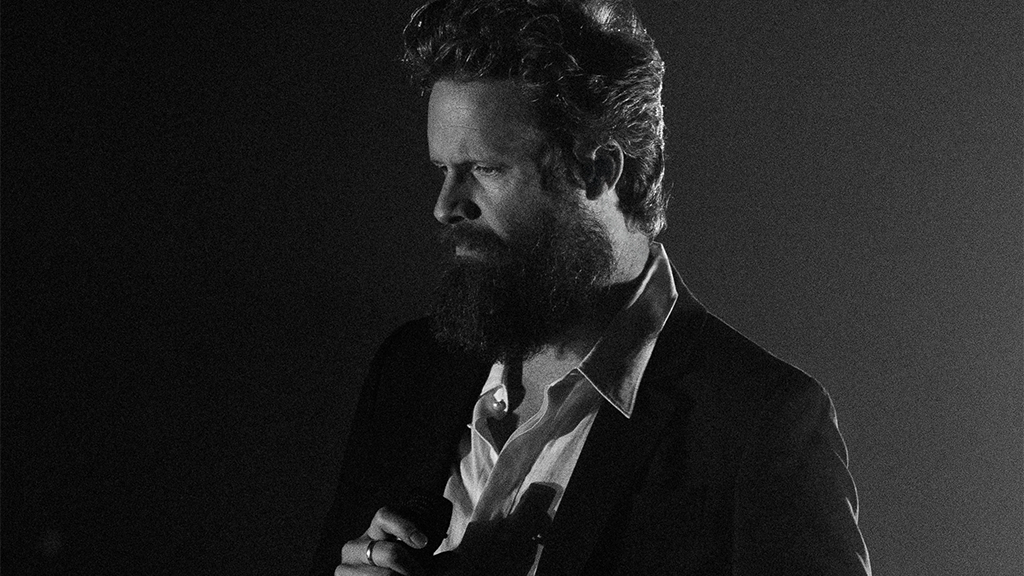

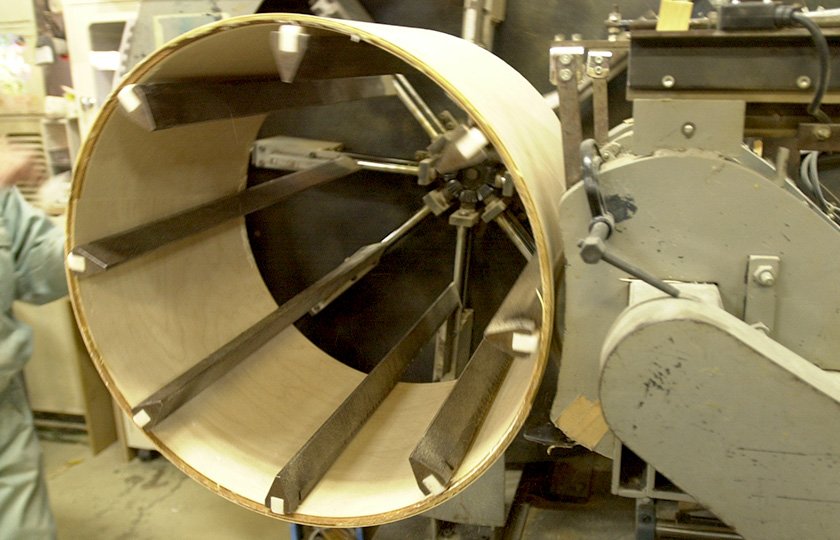

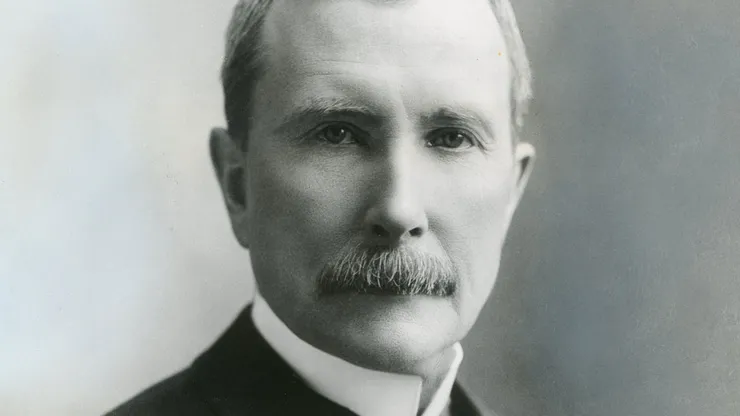

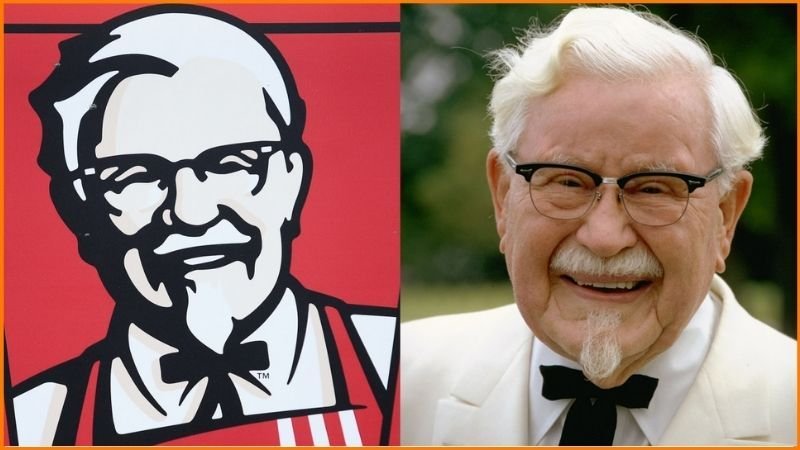

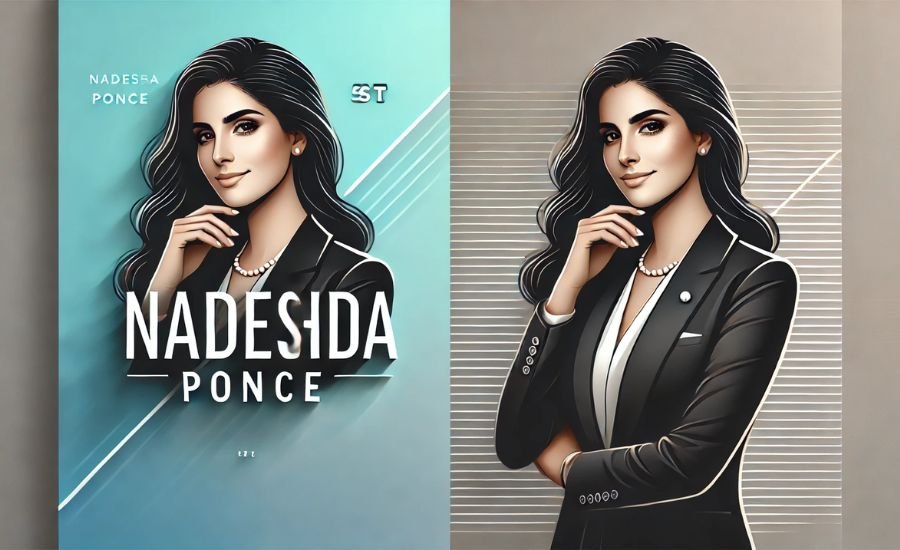
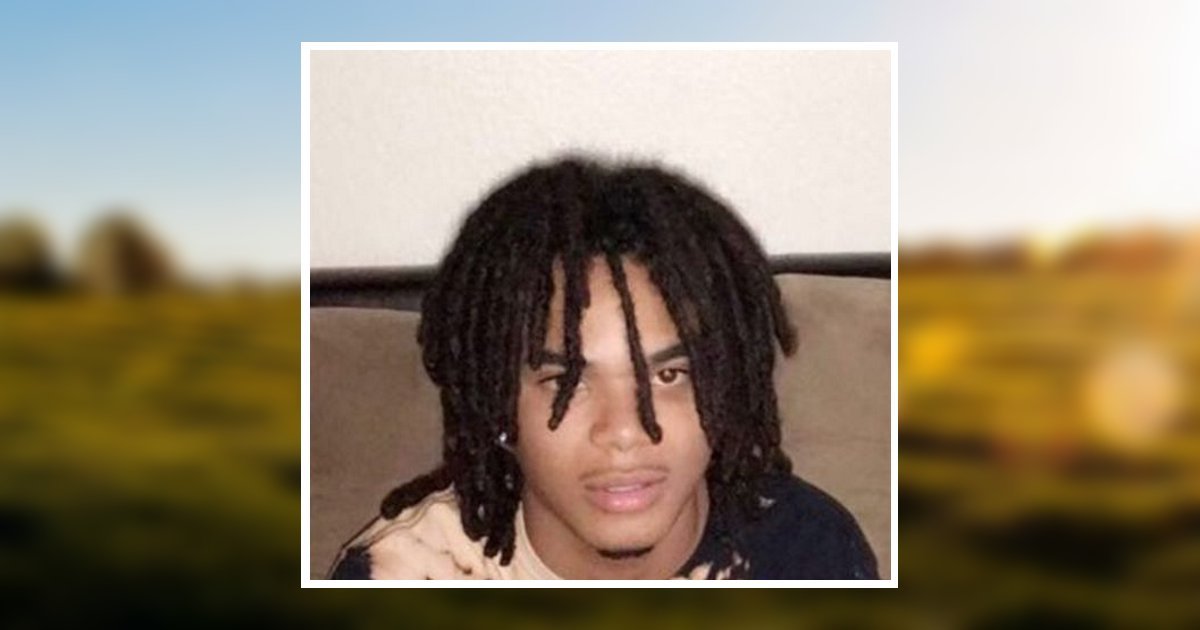



Leave a Reply